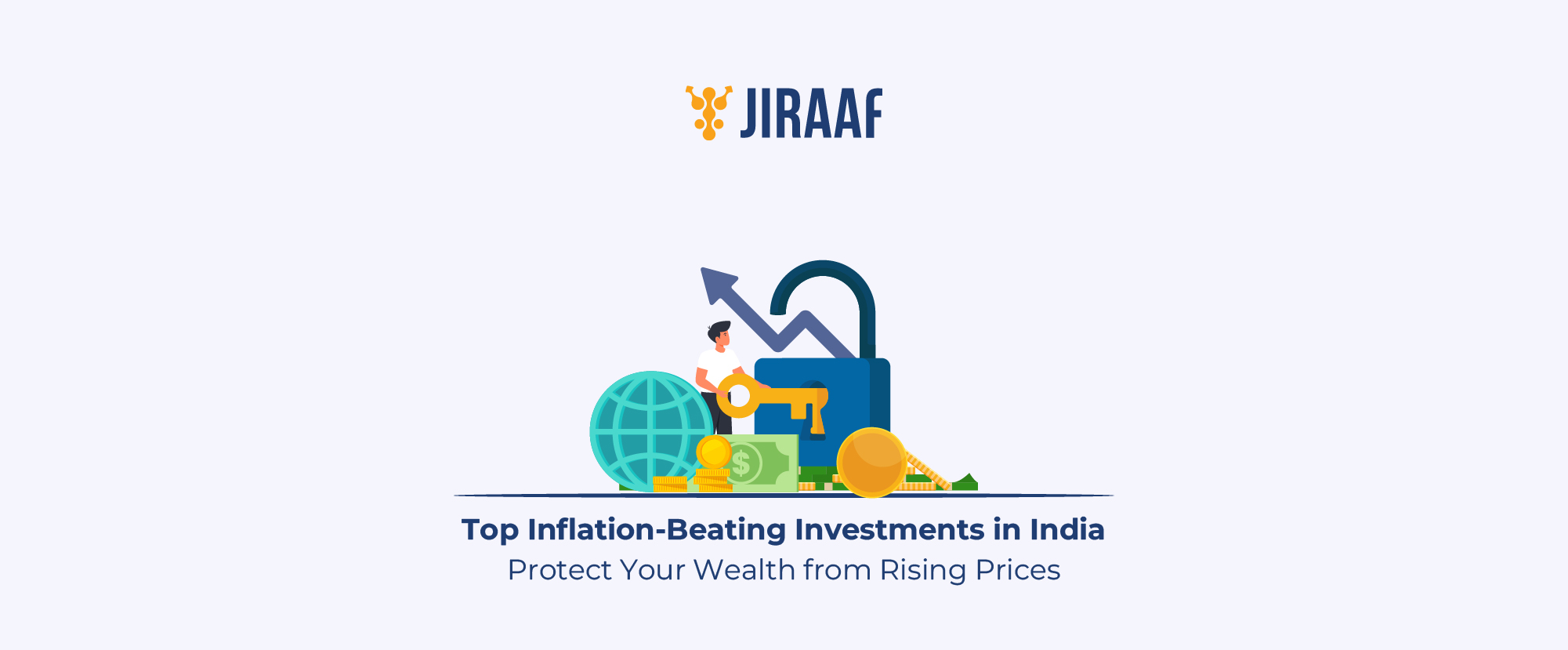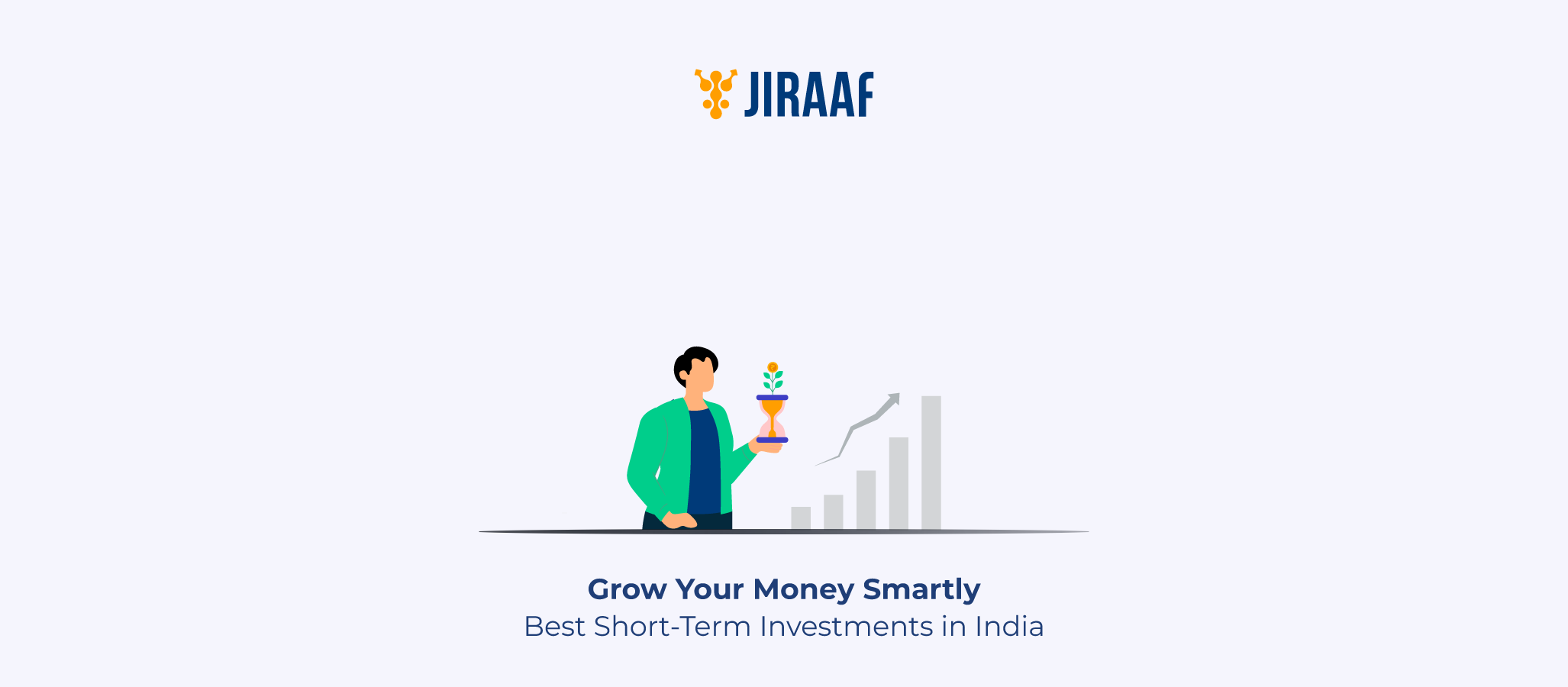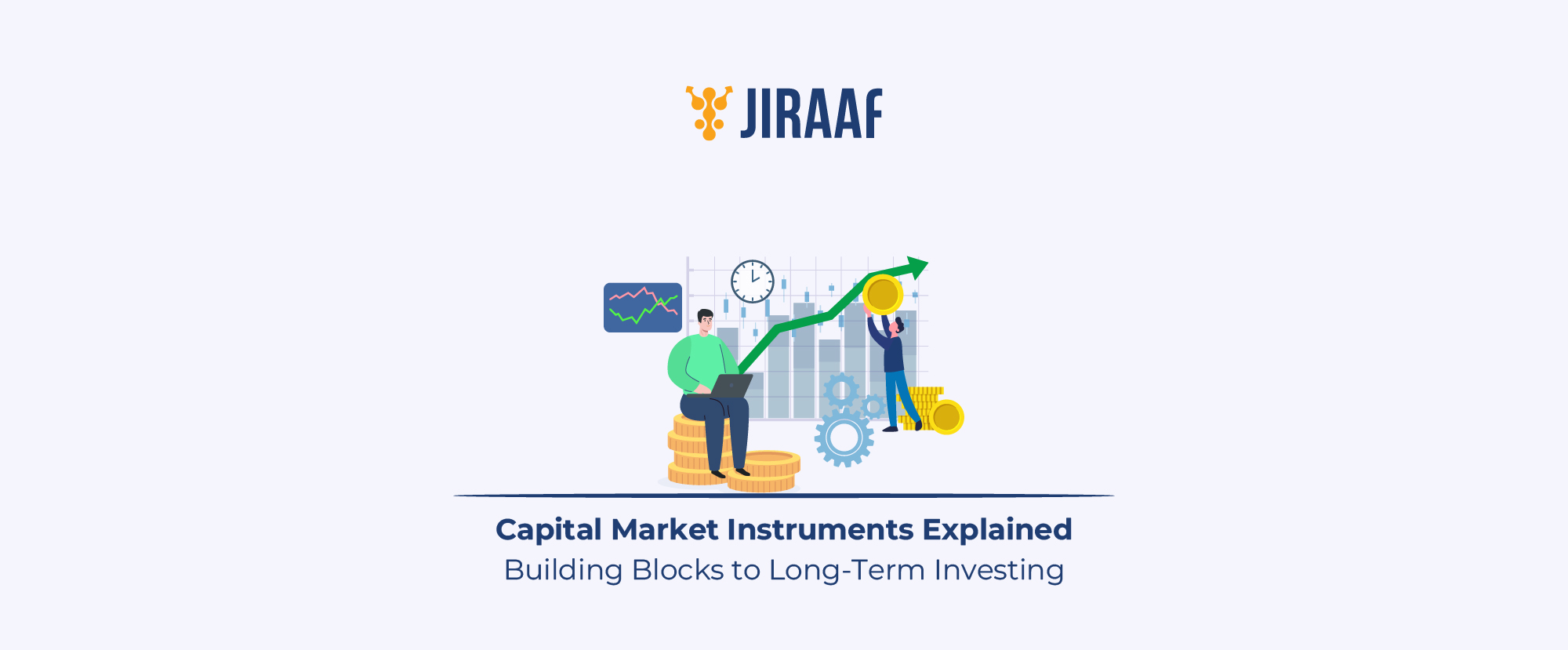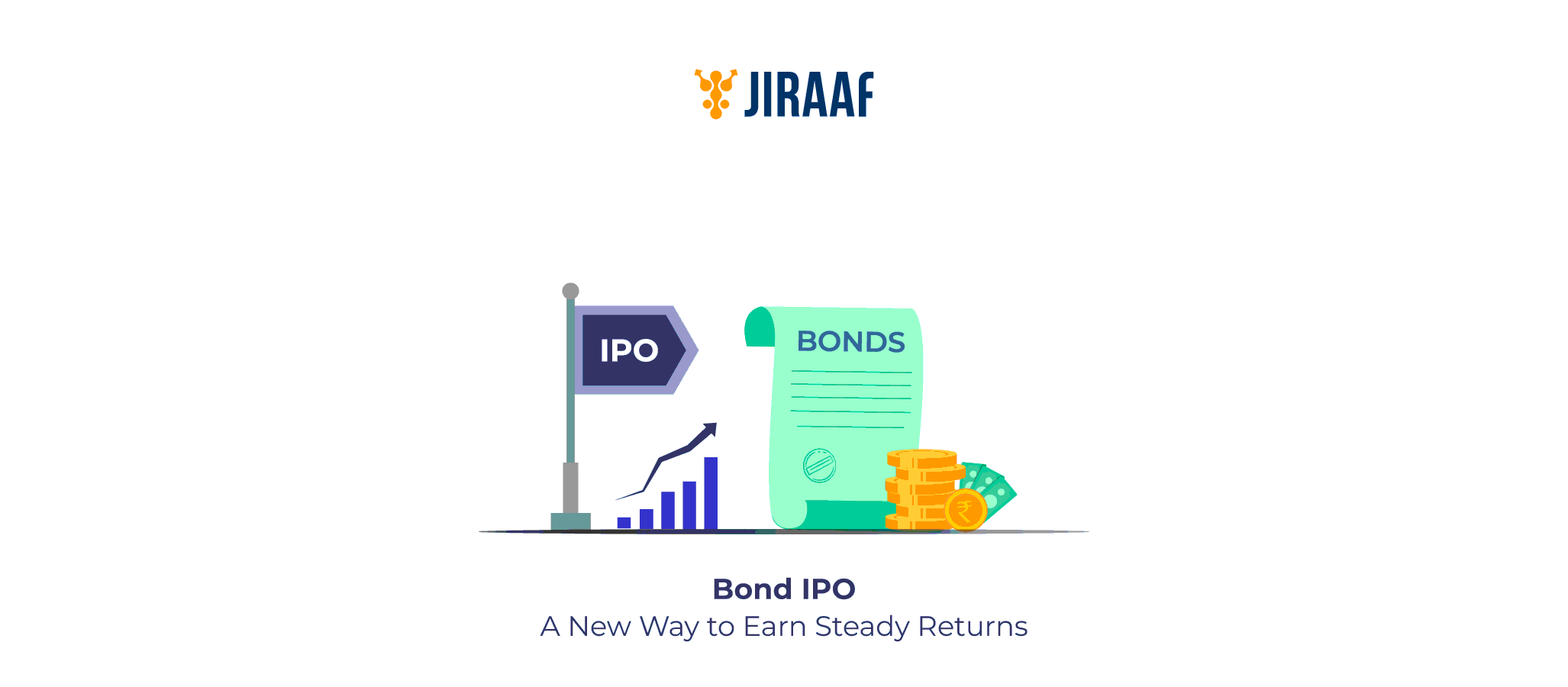Inflation quietly reduces the value of your money, making tomorrow’s expenses costlier than today’s. You notice it when groceries feel heavier on the wallet, or when education and healthcare demand far more than they once did.
Saving alone is not enough, because the money you set aside today may fall short when you actually need it. To stay ahead, your investments must not only grow but grow faster than inflation. This is where choosing the right instruments becomes critical, helping you protect the worth of your hard-earned money and preserve your future plans.
Why Beating Inflation Matters
Inflation may look small on paper, just a few percentage points a year, but its effect over time is powerful. What feels affordable today can become a stretch tomorrow, and in the long run it can disrupt even the most disciplined savings plan. A fixed deposit earning 6% may seem attractive until you realize prices are rising at 6.5%, leaving you with a negative return in real terms. Protecting your money from inflation is not about chasing high risk. It is about making thoughtful choices that ensure your wealth retains its true value.
Let’s take an example. Suppose you save one lakh rupees and invest it in a scheme offering 7% annual returns, compounded for five years. On paper, your money grows to about ₹1.4 lakh. At the same time, inflation is running at 10%, and the bike you wanted to buy, which costs ₹1.2 lakh today, rises to ~₹1.93 lakh in five years. While you thought you were ahead by ₹20,000, but in reality, you ended up short by ~₹73,000.
To protect and grow your wealth, you need investments that outpace inflation, not merely match it. With this foundation in mind, let us now explore the instruments that can help you stay ahead.
Stocks/Equities–High Returns to Outperform Inflation
Stocks are the most direct way of owning a piece of a company. If the business grows, so does your wealth. But the same risk cuts both ways. Stocks can be volatile, and poor choices can hurt your savings. Remember, you are not buying a ticker symbol. You are buying a business and trusting it to perform.
Take the Nifty 50 index as an example. Over the last five years, up to October 2025, it has delivered nearly 116 % returns. This shows that equities, when chosen wisely, can not only beat inflation but also create real wealth. However, not everyone has the skill or time to research individual companies. That is where mutual funds come in.
Equity Mutual Funds–Long-Term Wealth Growth
Equity mutual funds is a collective investment where money from many investors is pooled together and managed by a professional fund manager. The manager invests this pool into stocks, using research and analysis to decide where to allocate capital. This gives investors the advantage of diversification and expert management without needing to pick individual stocks themselves.
Returns vary depending on the fund’s theme, sector focus, and strategy. Some chase growth, others prefer stability. While the risk is still higher than traditional savings instruments, equity mutual funds remain one of the most popular tools for long-term inflation-beating growth in India.
While equities and mutual funds can grow your wealth and beat inflation, not everyone is comfortable with the ups and downs of the market. For those who prefer a more predictable income, debt instruments like corporate bonds can be a practical alternative.
High-Quality Corporate Bonds–Better Returns than Fixed Deposits
Not everyone is comfortable with the ups and downs of equities. This is where corporate bonds step in. These are debt instruments issued by companies to raise capital. For you as an investor, they offer predictable interest income and Jiraaf offers it to you in the range of 8-15%, depending on the issuer’s credit rating.
This is significantly higher than fixed deposits, which usually pay 6-7%, barely keeping pace with inflation. Corporate bonds, especially those rated AAA or AA, give you a balance between safety and higher returns. Of course, riskier bonds with lower ratings pay more but must be chosen with caution. Once you have secured some steady income through bonds, you may think about wealth creation through physical assets.
Real Estate–Tangible Asset with Value Appreciation
Real estate is one of the oldest and most trusted ways to protect against inflation. The logic is simple. As inflation rises, so does the cost of construction, raw materials, and rent, which pushes property values higher.
India’s real estate market has grown rapidly in recent years. According to IBEF, the sector was valued at $180 billion in 2020 and is expected to reach $1000 billion by 2030. This shows the growing demand for homes, offices, and commercial spaces as people seek better opportunities. Real estate is capital-intensive, but it remains a powerful inflation hedge. For those who want exposure without buying property outright, REITs provide a smart alternative.
Real Estate Investment Trusts (REITs)–Passive Income with Inflation Hedge
A REIT, is like a mutual fund for real estate. Instead of buying property directly, you buy units of a trust that owns and manages income-generating properties such as offices, malls, or warehouses. REITs are legally required to distribute at least 90 % of their taxable income as dividends, making them a steady source of income.
In India, REITs have gained momentum. As of mid-2025, the four listed office REITs manage around 133 million square feet of Grade A office space, with huge potential for expansion. They are projected to cover about 30% of such office space in the next five years, up from 16 % in August 2025. For retail investors, REITs open the door to real estate growth without the heavy capital and management burden. Now, let us move to another classic inflation hedge—gold.
Gold & Sovereign Gold Bonds–Hedge Against Inflation
Gold has always been the go-to asset in uncertain times. During the COVID period, investors rushed to gold as a safe haven. It not only held its value but also grew significantly. The price of 24 karat gold in India rose from about ₹50,000 per 10 grams in 2020 to over ₹1,17,000 per 10 grams by September 2025.
To encourage structured investment in gold, the government introduced Sovereign Gold Bonds (SGBs). These bonds allowed people to benefit from gold price appreciation without physically holding the metal, while also earning additional interest. However, the SGB scheme has recently been discontinued. Still, gold remains one of the most reliable inflation hedges across generations. Beyond gold, there are other commodities worth considering.
Commodities (Silver, Oil, etc.)–Diversified Hedge
Commodities such as silver, oil, and agricultural products act as a diversified hedge against inflation. These are physical assets whose prices usually rise along with inflation, offering protection when paper assets lose value. While they may not provide a steady income like bonds or property, they add an important layer of diversification to your portfolio. For investors who prefer guaranteed government-backed growth, traditional instruments like PPF remain relevant.
Public Provident Fund (PPF)–Safe Growth with Tax Benefits
The PPF, has been a trusted savings tool since its launch in 1968. Backed by the government, it offers safety, steady growth, and attractive tax benefits.
PPF accounts have a 15-year tenure, extendable in blocks of five years. Interest is compounded annually, and both the returns and maturity amount are fully tax-free under Section 10 of the Income Tax Act, and the contributions are eligible for deduction under Section 80C. The current PPF interest rate for July to September 2025 is 7.1 %. While this may not sound very high compared to equities, the tax-free status and safety make it a solid base for long-term savings. Moving further, retirement-focused instruments like NPS add another layer of security.
National Pension System (NPS)–Long-Term Retirement Security
The National Pension System is designed to provide financial stability post-retirement. Regulated by the Pension Fund Regulatory and Development Authority, it allows Indians aged 18 to 70 to build a retirement corpus through market-linked investments.
NPS returns are not fixed but depend on how much you allocate to equities, corporate bonds, and government securities. This flexibility allows you to balance risk and reward according to your age and goals. NPS also comes with additional tax deductions, making it attractive for long-term planning. Finally, for direct inflation protection, inflation-indexed bonds are worth knowing.
Inflation-Indexed Bonds (IIBs)–Direct Inflation Protection
Inflation-Indexed Bonds are unique because both the principal and interest payments are tied to an inflation index, typically the Consumer Price Index. If inflation rises by 5%, the principal of your bond increases by the same amount. Interest is then calculated on this adjusted principal, ensuring your returns always keep pace with inflation. While earlier issues of IIBs in India were linked to the Wholesale Price Index (WPI), subsequent issues, particularly those accessible to retail investors, have been linked to the CPI.
For example, if you invest ₹1,000 at a 3% coupon and inflation is 5%. This will raise the principal to ₹1,050; your interest payout becomes ₹31.50 instead of ₹30. This mechanism ensures your purchasing power is protected in real terms, something traditional bonds cannot guarantee.
Tips to Maximize Inflation-Beating Returns
All these options sound exciting, but before you commit your money, it’s important to keep a few things in mind.
- Balance risk and return: Higher returns usually come with higher risk. Decide how much risk you can truly handle before chasing returns.
- Factor in taxes: A good return can shrink if taxes take away a large chunk. Look for tax-efficient options or schemes that qualify for deductions.
- Match investments with goals: Long-term goals like retirement may suit equities and NPS, while short-term needs might be better served with bonds or PPF.
- Diversify smartly: Do not rely on a single asset class. A mix of equities, bonds, real estate, and gold balances both safety and growth.
- Stay updated: Inflation, interest rates, and government policies change over time. Review your portfolio periodically and adjust accordingly.
- Think liquidity: Some investments lock your money for years. Always keep a part of your portfolio accessible for emergencies.
Beating inflation is not just about choosing the right product; it’s also about using it wisely. With these principles in place, you can now see how the bigger picture ties together.
Conclusion: Secure Your Wealth Against Inflation
Inflation quietly erodes the value of your savings, but a diversified portfolio helps you stay ahead. Equities, bonds, real estate, gold, and government-backed schemes all serve different purposes, and the right mix depends on your goals. Someone saving for retirement will need a very different strategy than someone planning a down payment in five years. A financial advisor can help you strike that balance, so your money grows steadily without losing sight of your future needs.









